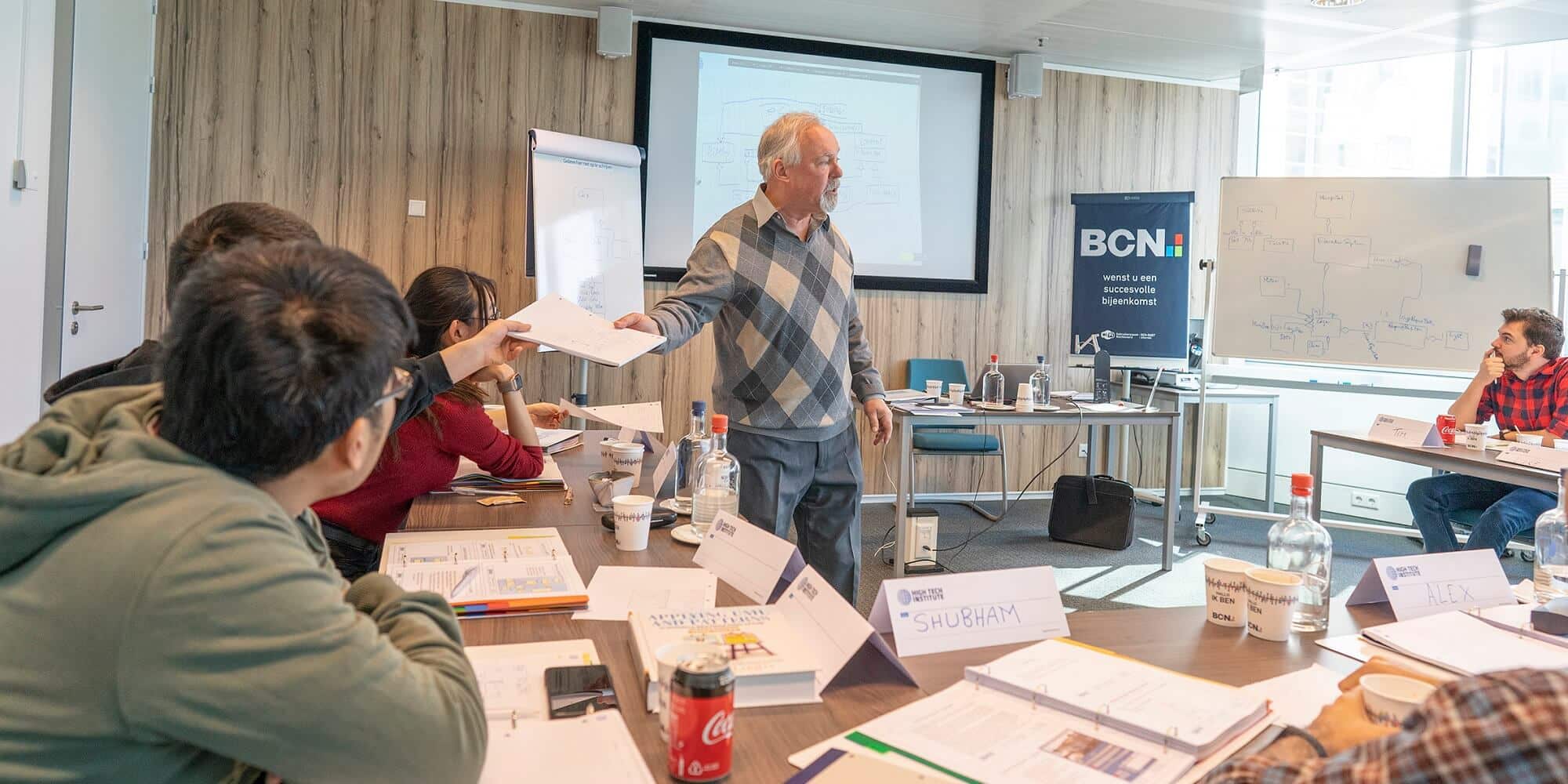Lectures, practical pencil and paper exercises and guided discussions. Teaching material: Copies of presentations, hand-outs of exercise solutions, executable example cases in Java (for later reference), book: "Design patterns: elements of reusable object oriented software" Gamma, et.al.
Language: English
%20optimized.jpg)



